
Radar | Dec 25,2023
Sep 3 , 2022
By Bjorn Lomborg
It is immoral to block the path for low-income countries to develop. Instead, rich countries need to invest massively in the innovation needed to ensure that green energy costs drop below fossil fuels, writes Bjorn Lomborg, president of the Copenhagen Consensus and visiting fellow at Stanford University's Hoover Institution.
The rich world’s fossil fuel hypocrisy is on full display in its response to the global energy crisis following Russia’s invasion of Ukraine. While the wealthy G7 countries admonish the world’s poor to use only renewables because of climate concerns, Europe and the United States are going begging to Arab nations to expand oil production. Germany is reopening coal power plants, while Spain and Italy are ramping up African gas production. So many European countries have asked Botswana to mine more coal that the country will have to triple its exports.
A single person in the rich world uses more fossil fuel energy than all the energy available to 23 poor Africans. The rich world became wealthy by massively exploiting fossil fuels, which today provides more than three-quarters of its energy. Solar and wind deliver less than 3 percent of the rich world’s energy.
Yet, the rich are choking off funding for any new fossil fuels in the developing world. Most of the world’s poorest four billion people have no meaningful energy access, so the rich blithely tell them to ‘leapfrog’ from no energy to a green nirvana of solar panels and wind turbines.
This promised nirvana is a sham consisting of wishful thinking and green marketing. The world’s rich would never accept off-grid, renewable energy themselves — and nor should the world’s poor. Consider the experience of Dharnai, a village which Greenpeace tried to turn into India’s first solar-powered community in 2014.
Greenpeace received glowing, global media attention when it declared that Dharnai would refuse “to give into the trap of the fossil fuel industry.” But the day the solar electricity was turned on, the batteries were drained within hours. A boy remembers wanting to do his homework, but there was not enough power for his family’s one lamp.
Villagers were prohibited from using fridges or TVs because they would exhaust the system. They could not use electric cookstoves, so had to continue burning wood and dung, which create terrible air pollution. Across the developing world, millions die from indoor pollution that the World Health Organisation (WHO) says is equivalent to each person smoking two packs of cigarettes daily.
Greenpeace invited the state’s chief minister to admire their handiwork. He was met by a crowd waving signs demanding “real electricity” (the kind used to run a refrigerator or a stove, and that children can use to do their homework) and not “fake electricity” (meaning solar energy that could do none of these things).
When Dharnai was finally connected to the power grid, more and more people dropped their solar connections. An academic study found a big reason was that the overwhelmingly coal-powered grid electricity was three times cheaper than the solar energy. What is more, it could actually power appliances people wanted like TVs and stoves. Today, the disused solar power system is covered in thick dust, and the project site is a cattle shed.
To be sure, solar energy can charge a cell phone and run a light, which can be useful—but it is often expensive. A new study on solar lamps in India’s most populous state shows that even with hefty subsidies, solar lamps are worth much less than their cost for most people. In rich countries like Germany and Spain, most solar and wind would never have been installed if not for subsidies.
Solar and wind are incapable of delivering the power needed for industrialisation, powering water pumps, tractors and machines — all the ingredients needed to lift people out of poverty. As rich countries are now also discovering, solar and wind energy remain fundamentally unreliable. No sun or wind means no power. Battery technology offers no answers: Globally today, there are only enough batteries to power global average electricity consumption for 1 minute and 15 seconds. Even by 2030, with a projected rapid battery scaleup, they would last less than 12 minutes. For context, every German winter, when solar is at its minimum, there is near-zero wind energy available for at least five days, or more than 7,000 minutes.
This is why the rich world is on-track to continue to mostly rely on fossil fuels for decades. The International Energy Agency (IEA) estimates that even if all current climate promises are delivered, fossil fuels will still constitute two-thirds of the rich world’s energy in 2050. The developing world sees the hypocrisy, as elegantly formulated by Nigeria’s vice-president, Yemi Osinbajo.
“No one in the world has been able to industrialise using renewable energy,” he said. Yet, Africa has “been asked to industrialise using renewable energy when everybody else in the world knows that we need gas-powered industries for business.”
Instead of immorally blocking the path for other countries to develop, rich countries need to invest massively in the innovation needed to ensure that green energy costs drop below fossil fuels. This way, everyone in the world will be able to afford to switch to renewable alternatives. Insisting that the world’s poor live without fossil fuels is virtue signaling that plays with other people’s lives.
PUBLISHED ON
Sep 03,2022 [ VOL
23 , NO
1166]


Radar | Dec 25,2023

Life Matters | Dec 02,2023

Fortune News | Jan 15,2022

Viewpoints | Oct 30,2022

My Opinion | Jul 17,2022

Radar | Jul 03,2022
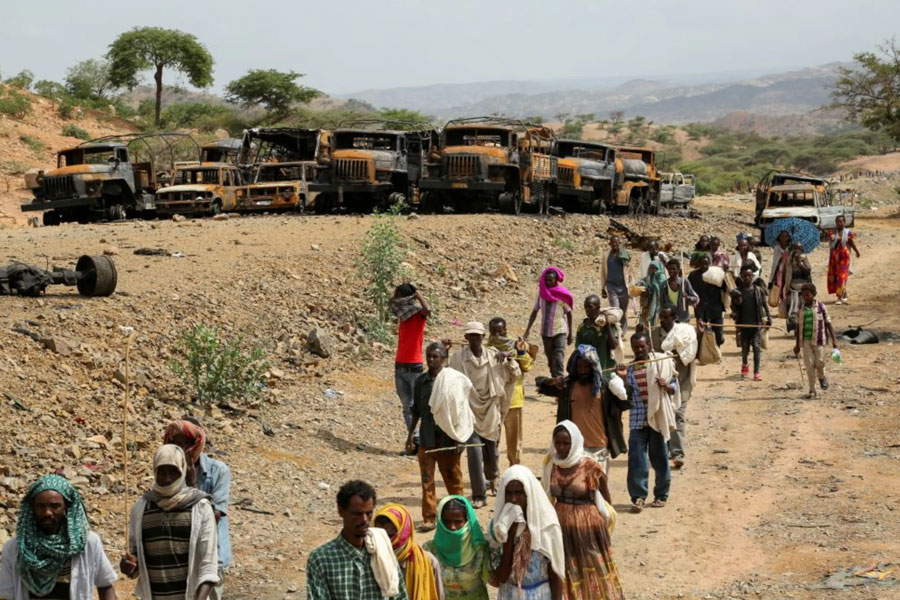
Year In Review | Jan 02,2024
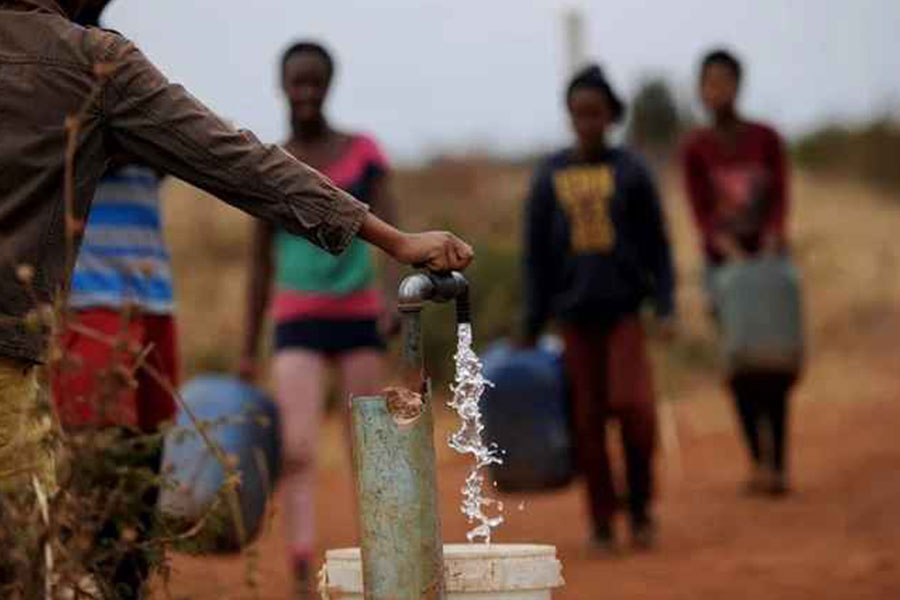
Fortune News | Apr 22,2023

Radar | Apr 13,2019

Radar | Mar 09,2019

Photo Gallery | 96745 Views | May 06,2019
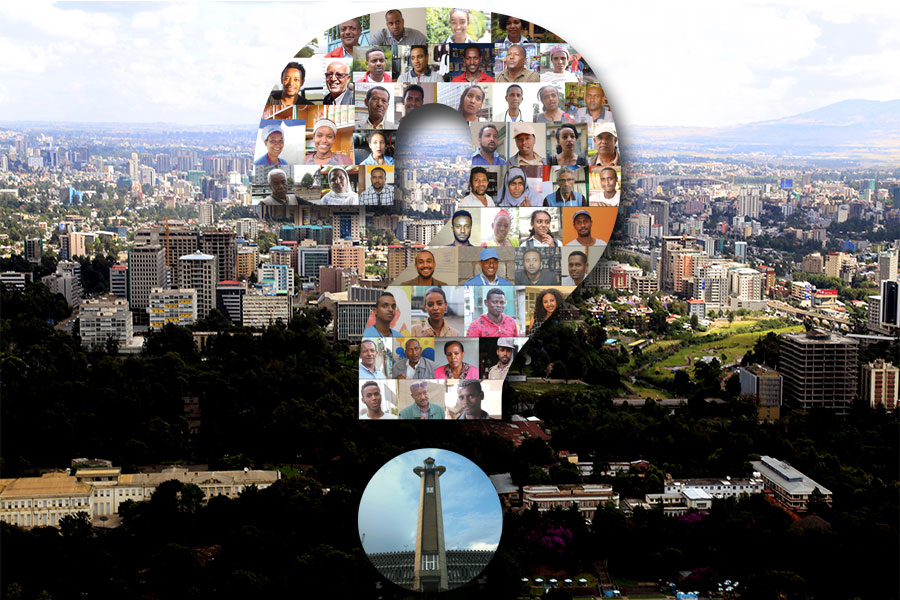
Photo Gallery | 88928 Views | Apr 26,2019

My Opinion | 67168 Views | Aug 14,2021

Commentaries | 65761 Views | Oct 02,2021

Feb 24 , 2024 . By MUNIR SHEMSU
Abel Yeshitila, a real estate developer with a 12-year track record, finds himself unable to sell homes in his latest venture. Despite slash...

Feb 10 , 2024 . By MUNIR SHEMSU
In his last week's address to Parliament, Prime Minister Abiy Ahmed (PhD) painted a picture of an economy...

Jan 7 , 2024
In the realm of international finance and diplomacy, few cities hold the distinction that Addis Abeba doe...

Sep 30 , 2023 . By AKSAH ITALO
On a chilly morning outside Ke'Geberew Market, Yeshi Chane, a 35-year-old mother cradling her seven-month-old baby, stands amidst the throng...

Apr 20 , 2024
In a departure from its traditionally opaque practices, the National Bank of Ethiopia...
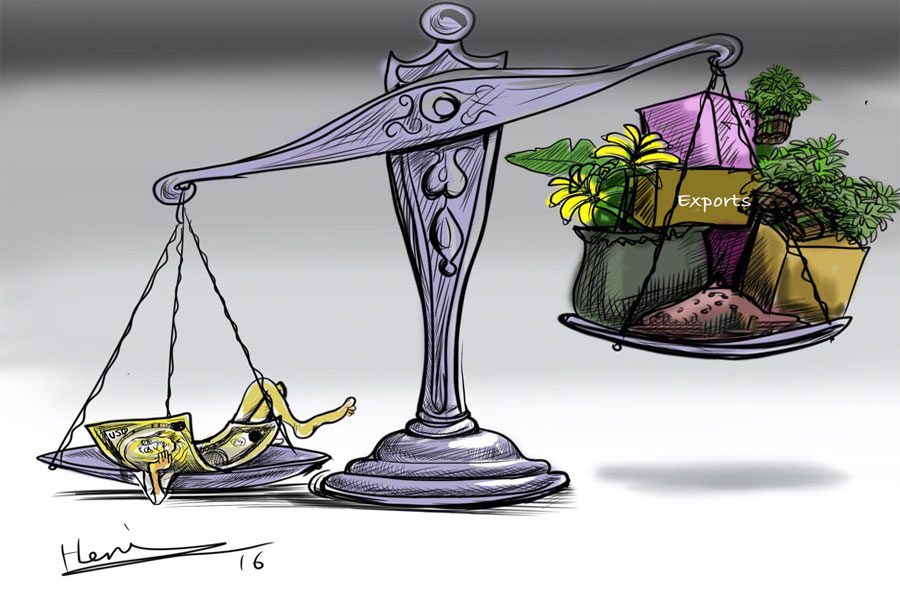
Apr 13 , 2024
In the hushed corridors of the legislative house on Lorenzo Te'azaz Road (Arat Kilo)...

Apr 6 , 2024
In a rather unsettling turn of events, the state-owned Commercial Bank of Ethiopia (C...
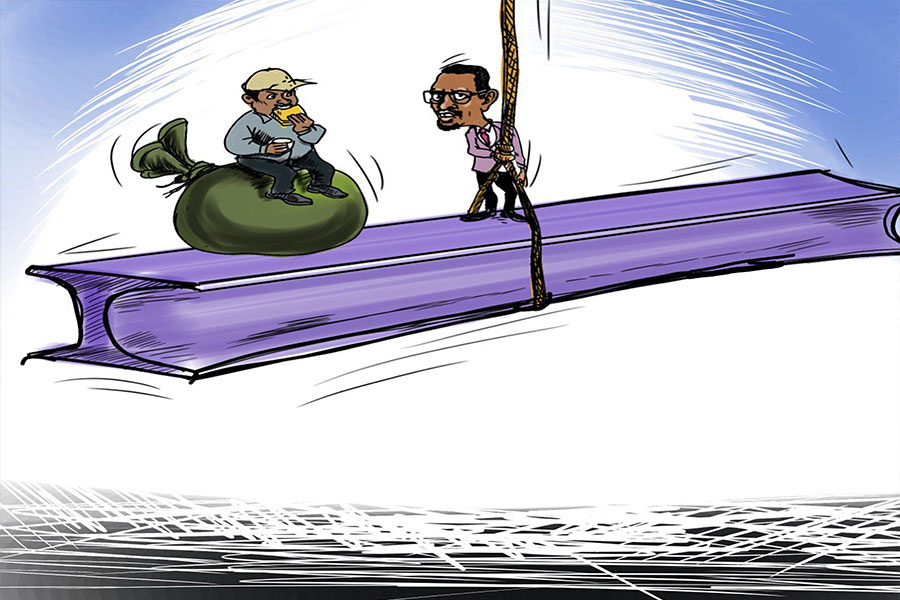
Mar 30 , 2024
Ethiopian authorities find themselves at a crossroads in the shadow of a global econo...
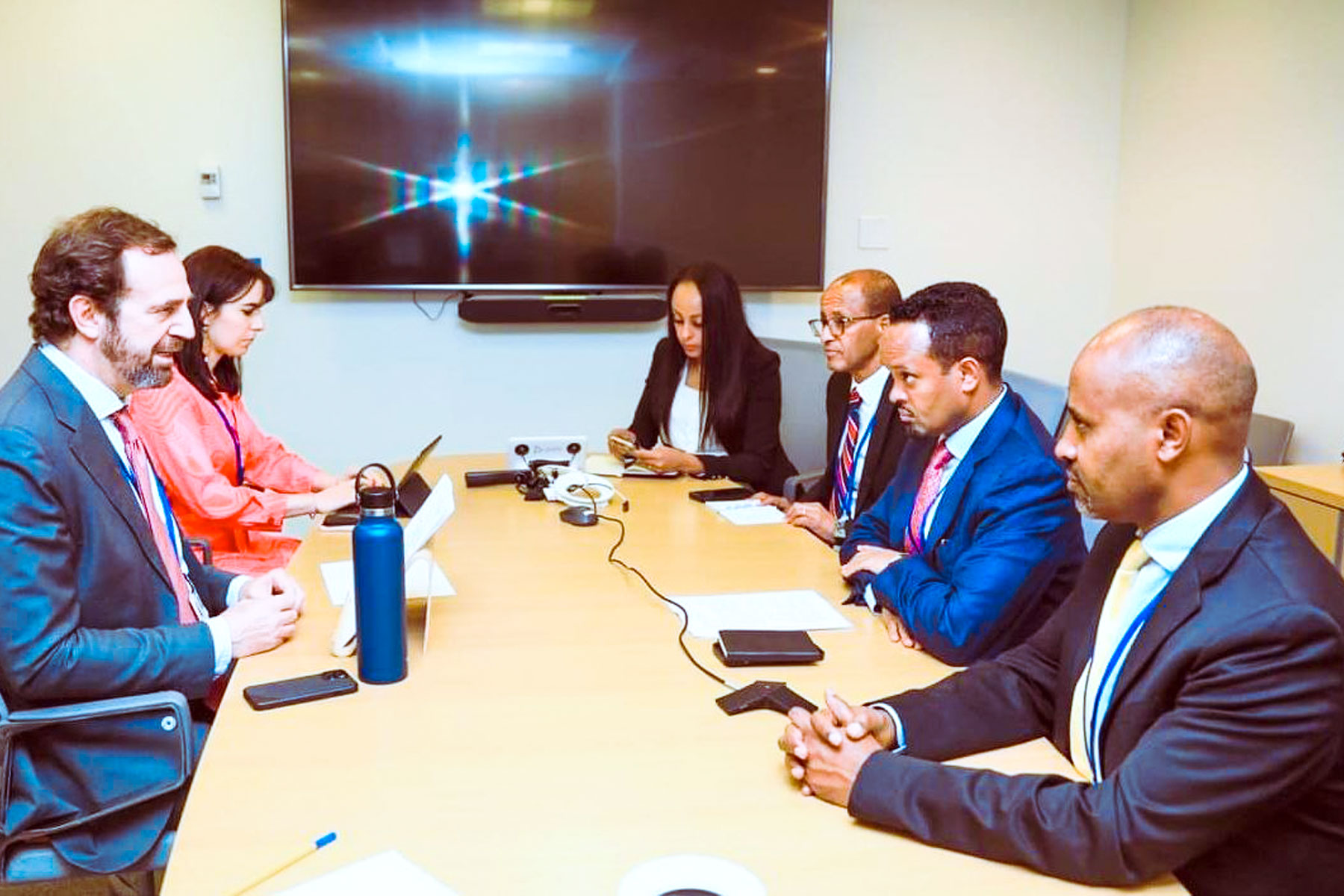
Apr 20 , 2024
Ethiopia's economic reform negotiations with the International Monetary Fund (IMF) are in their fourth round, taking place in Washington, D...

Apr 20 , 2024 . By BERSABEH GEBRE
An undercurrent of controversy surrounds the appointment of founding members of Amhara Bank after regulat...

An ambitious cooperative housing initiative designed to provide thousands with affordable homes is mired...
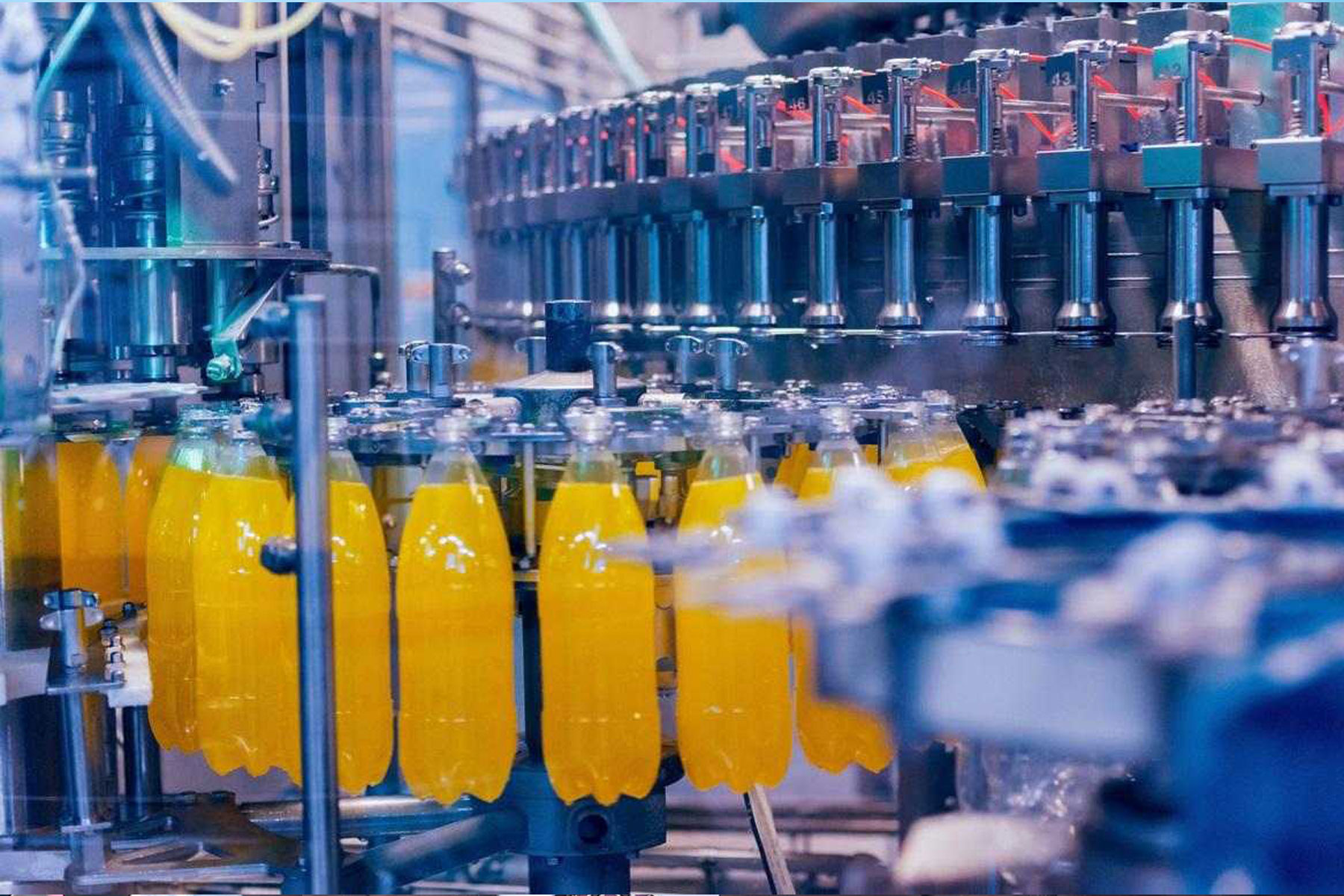
Apr 20 , 2024 . By AKSAH ITALO
Ethiopia's juice manufacturers confront formidable economic challenges following the reclassification of...